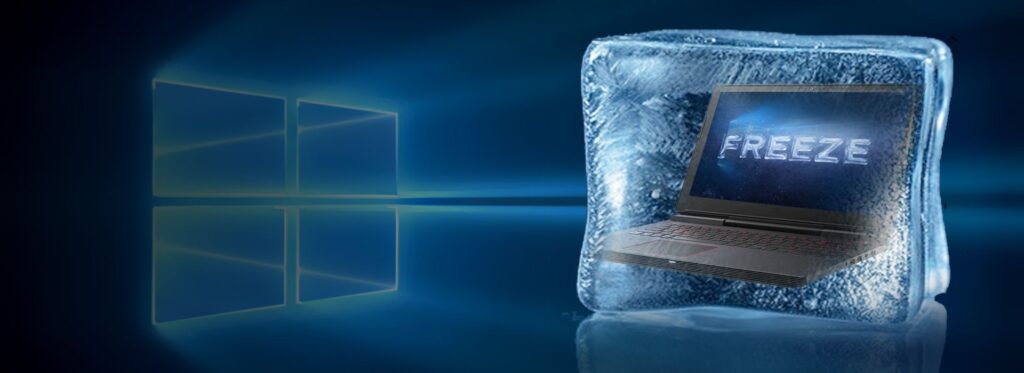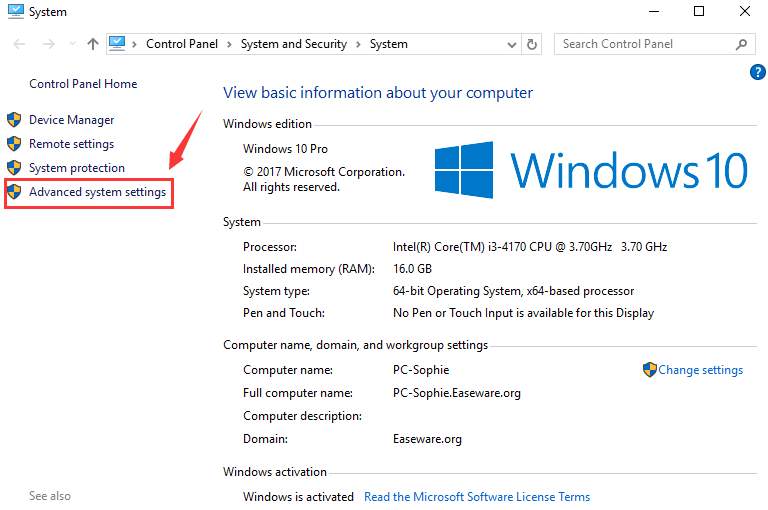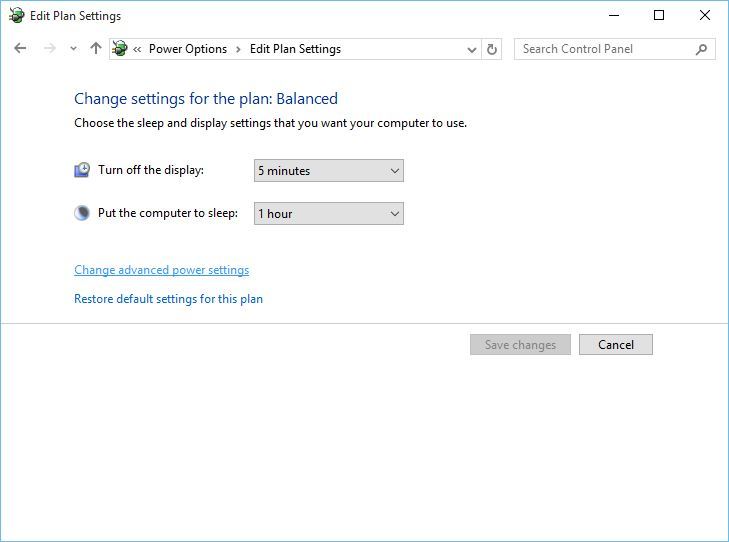A random computer freeze is very annoying. This is not quite common for Windows 10 users but it happens and it will surely cause panic. Well, what can you expect when you are using the computer for something important and it freezes in the middle with no warnings. Well, such annoying issues are pretty rare but when they start to happen frequently you need to fix it to use the computer efficiently.
You may wonder, why a stable OS like Windows 10 has issues like these? Well, the answer is the OS is stable but if not proper;y maintained or managed, issues like these can occur. Fixes are to be done to have a stable running OS. Windows 10, on the whole, is more stable than its previous versions and also Windows 11 which is relatively new. The OS has been there since 2015 and Microsoft had been making the OS powerful and stable with updates. People who had been using Windows XP and Windows 7 would know how those OSes froze and how Windows 10 is much better than those OS. So, the OS is obviously an improvement but is not foolproof.

So, coming to the cause of the freeze-up: There are some major reasons that can cause the computer to freeze up and stop responding and they are computer running low on memory, disk space almost full, wrongly set virtual memory, poor performing hard drive, low power supply, old or faulty driver softwares, faulty or unsupported applications. Well, the freeze-up issue doesn’t display an error message so pinpointing a particular cause is difficult, so to fix the issue, you need to try out the methods and learn what works.
So, to make thing s bit clearer, here is what happens when the computer freezes, the monitor has no refreshes, the mouse is stuck, the keyboard is not functioning. So, this situation can be pretty difficult to come out from and sometimes, restarting the computer is the only immediate solution that will delete all the unsaved work progress.
Recommended Post:- Fixed: Disk Defragmenter Won’t Run in Windows 10 – Quick Guide
Fixes to Resolve the Random Freeze Issue on Windows 10
So, here are some simple and effective fixes for resolving the freeze issue on Windows 10.
Method 1: Remove Unwanted Files and Free up Disk Space
A full or nearly full hard disk will cause the computer to freeze up and freeing up some disk space can help fix the issue. You can just delete unwanted files and uninstall unused applications from the computer to free up the space. You can also use any disk cleaning application and remove duplicate files. Once you have cleared up some space, you will actually see a performance boost and the computer will no longer freeze.
Method 2: Run System Checks
Windows OS comes with some commands that can be used to run file checks. The commands will fix faulty system files that might be the cause of the freezing-up of the computer randomly.
- To run the file checks, open the command prompt as an administrator.
- Here in the terminal, enter “ SFC/scannow and then run it.
- The process will run and will take some time to complete.
- Once complete, any corrupt system file will be fixed and the issue will be resolved.
- You have to restart the computer so the changes will take effect.
Method 3: Update Driver Software
Old or faulty driver software can be a cause of this issue in Windows 10, so updating the drivers will help with fixing the freeze issue.
- To update the drivers, you can manually update the drivers by going to the device manager and then right-clicking on the devices and then selecting the update drivers option.
- If you want to automatically update the drivers, you can install any free or paid third-party application which will update the drivers when the updates are available for installation.

Method 4: Run the Windows Memory Diagnostics
Memory diagnostic will look for errors by scanning the physical memory on the computer.
- To start the memory diagnostic, open the run command by pressing the Windows key and the R key on the keyboard.
- Here, type “ mdsched.exe” and then run it by hitting enter.
- The scan will require you to reboot the computer.
- This scan will take several minutes to complete and you have to wait patiently till the diagnostic is over.
Method 5: Adjust (Increase or Decrease) the Virtual memory
Virtual memory is a very crucial aspect of the Windows computer. It is a temporary RAM like memory storage allotted on a hard disk to store files temporarily. This will speed up the processing of the files. So, when the virtual memory’s size is not supported, you can face issues like freezing of the computer or a performance lag.
- To adjust the virtual memory, open the control panel.
- Here, go-to systems and securities and then go to systems option.
- Here in the left windows pane, select the option advanced system settings.
- Now in the system properties, go to the advanced tab.
- Here, under the performance section, select settings.
- Now, go to advanced and under the virtual memory option, select change.
- Now, uncheck the automatically managed paged files and then check the box near-custom size, and then set the minimum and maximum value for the virtual memory.
- Make sure you dont set a high virtual memory and it is around 1.5 times the physical memory on the computer.
Method 6: Reset Windows Catalog
- To reset the Windows catalogue, open the command prompt.]
- Here enter “netsh winsock reset” and then run it.
- Once done, reboot the computer.

Method 7: Restore the Computer
You can restore your Windows 10 computer to an earlier date where the issue never persisted to fix the issue. When you restore the computer, any changes that might have caused the computer to freeze can be fixed.
Hope the information provided above was helpful and informative, these methods are effective and you can try them out and fix the issue on your computer.







